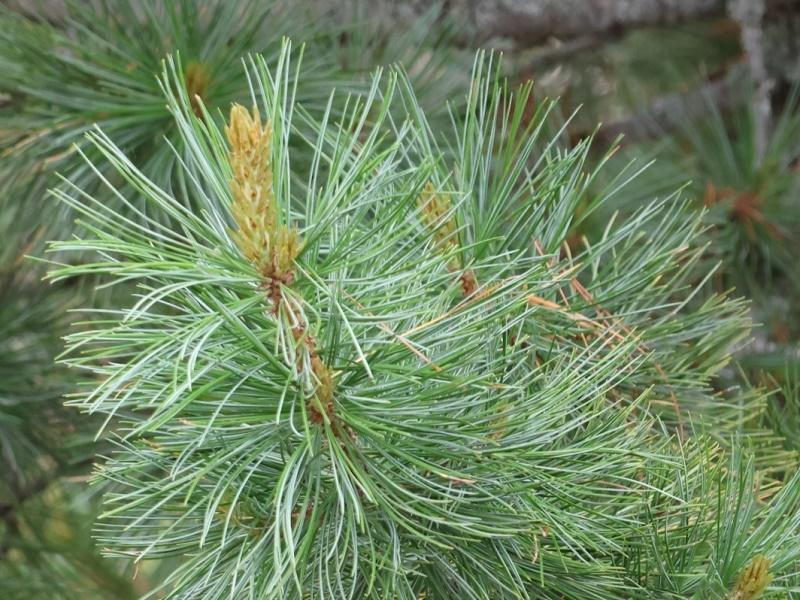Characteristics of Stone Pine (Pinus cembra)

Stone pine or Swiss stone pine (Pinus cembra) is a species of pine tree that grows in the Alps and the Carpathian Mountains of central Europe (Poland, Switzerland, France, Italy, Austria, Germany, Slovenia, Slovakia, Ukraine, and Romania).
The very similar Siberian Pine (Pinus sibirica) is treated as a variety or subspecies of Swiss pine by some botanists. But Siberian pine is different in that it has slightly larger cones, and needles with three resin channels instead of two as in Swiss pine.
Like other European and Asian white pines, Swiss pine is very resistant to Cronartium ribicola. This fungal disease was inadvertently introduced from Europe into North America, where it has caused severe mortality in Native American white pine in many areas, notably, the closely related Western White Pine (Pinus monticola) and Whitebark Pine (Pinus albicaulis). Swiss pine is invaluable for hybridization research to develop rust resistance in this species.
Characteristics of Stone Pine Leaves

The stone pine is a member of the white pine group, Pinus subgenus Strobus, and like all members of that group, the leaves are in fascicles (bundles) of five, with fallen sheaths. The leaves are needle-like and 5-9 cm long.
Characteristics of Stone Pine Fruit

The cones are 4-8 cm long. The cones take 2 years to mature and fall in the 3rd year in the fall. The seeds are 8-12 mm long. The seeds are also harvested and sold as pine nuts.
Characteristics of Stone Pine Tree

Stone pine usually grows in extreme areas, for example on rocky slopes and cliffs at elevations of 1,200-2,300 m asl, and helps minimize the risk of landslides and soil erosion. Because of this ability, the Stone pine tree is considered a stabilizing factor for reforestation projects in the highlands.
The maximum height of the Stone pine is 30 meters and the trunk diameter is up to 1.5 meters. The tree is long-lived, between 500-1000 years. However, it grows very slowly and it may take 30 years to reach a height of 1.3 meters. Stone pine is also very tolerant of severe winters, withstanding at least -50 °C, as well as wind exposure.
Stone pine trees are widely grown as bonsai and ornamental trees in parks and large gardens, providing steady but not rapid growth in many sites where the climate is cold. When cultivated, it will likely start producing cones after 12 years of age, much sooner than in the wild. This depends on the climate, soil type, mycorrhizal fungi, etc.
Leave a Reply